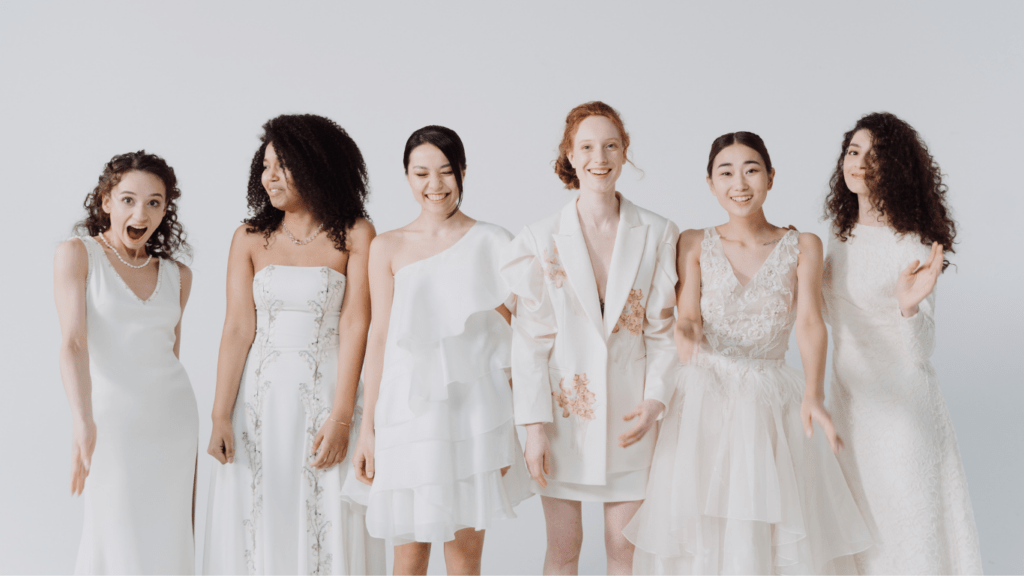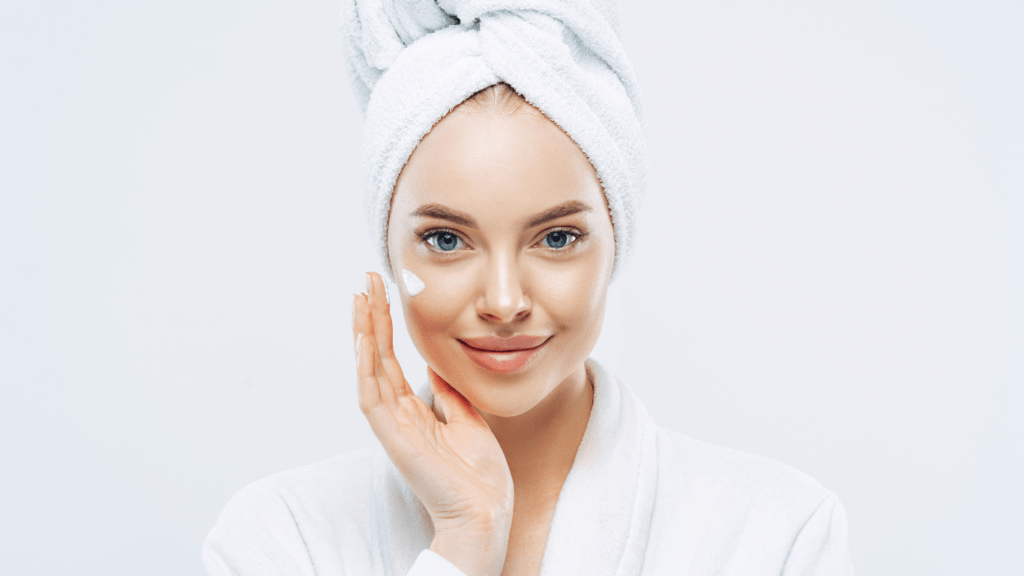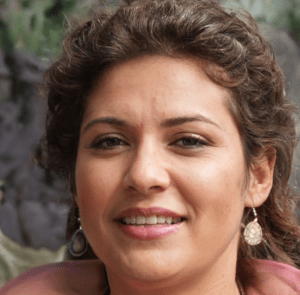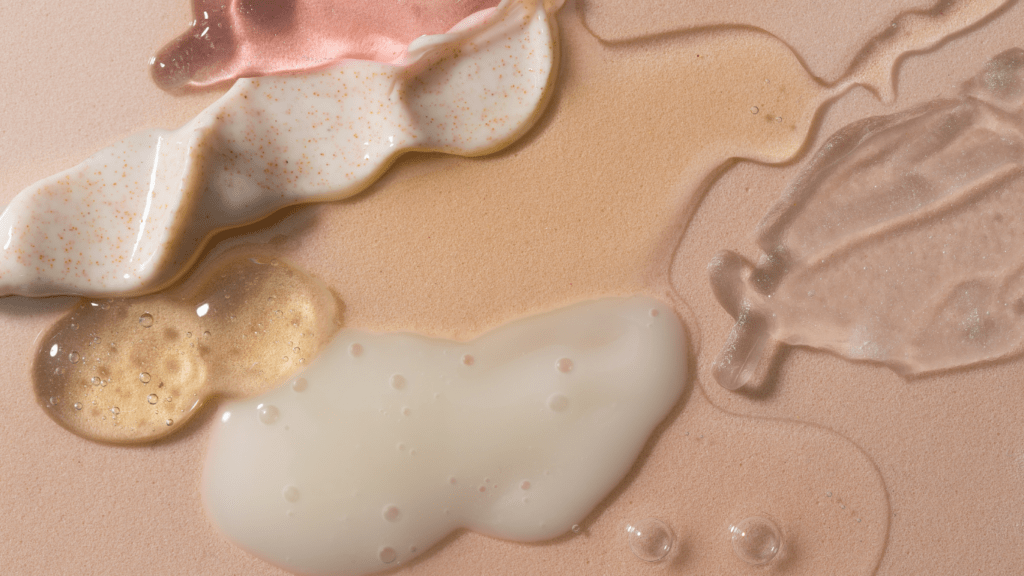Understanding Inclusivity in Beauty
Inclusivity in beauty embraces diversity, catering to all skin tones, body types, and gender identities. Brands now recognize the vital importance of inclusivity.
The Importance of Inclusive Beauty
Inclusive beauty enhances representation, ensuring everyone feels seen. Products must be formulated for varied skin tones, types, and concerns to achieve this. According to a 2018 survey by Mintel, 33% of beauty consumers look for better inclusivity of skin tones. Brands that prioritize inclusion build a loyal customer base and foster community trust. Examples include foundations in multiple shades and marketing campaigns featuring diverse models.
Historical Context of Beauty Standards
Traditional beauty standards often excluded non-Eurocentric features. In the early 20th century, light skin, slim body frames, and specific facial features dominated the beauty narrative. As time progressed, these narrow standards perpetuated inequality and limited representation.
However, social movements and influential figures challenged these norms, advocating for broader beauty ideals. In the late 2010s, brands began to shift towards inclusivity, spurred by consumer demand and societal change. Recognizing diversity, beauty companies now strive to reflect global populations more accurately. For instance, Fenty Beauty’s launch in 2017 with 40 foundation shades pivotalized inclusive marketing.
Brands Making a Difference

Many beauty brands have taken significant steps to promote inclusivity. These efforts have reshaped the industry by setting new standards for diversity and representation.
Fenty Beauty
Fenty Beauty revolutionized the beauty industry with its launch in 2017. Offering 40 foundation shades, it addressed a gap in the market, catering to a diverse range of skin tones. This move not only garnered widespread acclaim but also challenged other brands to prioritize inclusivity.
Glossier
Glossier prides itself on a minimalist approach to beauty that’s inclusive. The brand’s products, like the Perfecting Skin Tint, are designed to enhance rather than conceal natural beauty. Glossier’s marketing campaigns frequently feature individuals of diverse ethnicities and skin types, reinforcing its commitment to inclusivity.
Dove
Dove has led the way in promoting body positivity with its Real Beauty campaign. The brand’s ads showcase women of various shapes, sizes, and ages. Dove’s efforts extend beyond marketing, focusing on changing societal perceptions of beauty through initiatives like the Dove Self-Esteem Project, which educates young people on body confidence.
Key Elements of Inclusivity
Inclusivity in beauty is multifaceted, encompassing diverse shade ranges, inclusive marketing campaigns, and support for diverse communities. Brands leading in this area recognize that each element plays a critical role in shaping a more inclusive beauty industry.
Diverse Shade Ranges
Offering a wide range of shades ensures products cater to all skin tones. Fenty Beauty set a precedent in 2017 with its 40-shade foundation line, prompting other brands to follow suit. Today, brands like:
- MAC
- Maybelline
provide extensive shade ranges. For example, MAC’s Studio Fix Fluid Foundation offers over 60 shades. Shade inclusivity signifies acknowledgment of diverse skin tones, enhancing consumer representation.
Inclusive Marketing Campaigns
- Inclusive marketing campaigns portray a diverse array of individuals.
- These campaigns highlight different ethnicities, body types, ages, and gender identities.
- Dove’s Real Beauty campaign features women of varying sizes and ethnicities, emphasizing authenticity.
- CoverGirl’s “Easy, Breezy, Beautiful” campaign included its first male brand ambassador, marking a significant step towards gender inclusivity.
- By showcasing diverse beauty, brands foster a more inclusive environment.
Support for Diverse Communities
Supporting diverse communities involves initiatives beyond product offerings. Brands invest in community projects and use their platform to advocate for social issues. Glossier’s Grant Initiative for Black-Owned Beauty Businesses provides financial support and mentorship. Meanwhile, the Dove Self-Esteem Project offers resources to boost young people’s confidence. These initiatives ensure brands contribute positively to diverse communities, beyond mere representation.
Challenges and Opportunities
Inclusivity in beauty faces both obstacles and prospects. Tackling these aspects can revolutionize the industry for the better.
Addressing Systemic Issues
Systemic issues hinder inclusivity efforts. Many brands still struggle with limited shade ranges and inclusive marketing. For example, offering shades that cater to all skin tones can be costlier but necessary. Additionally, representation in advertising often falls short, failing to showcase real diversity. By prioritizing inclusivity from conception to execution, brands can better serve a diverse customer base.
Future Trends in Inclusive Beauty
Emerging trends point towards a more inclusive beauty industry. Customizable beauty products are on the rise, with brands like Function of Beauty allowing customers to tailor products to their unique needs. AI and machine learning help develop more accurate shade matching technology, such as Sephora’s Color iQ system. Moreover, inclusivity in beauty continues extending to gender-neutral products, reflecting a broader understanding of beauty standards. Embracing these trends can help brands stay relevant and inclusive.
How Customers are Responding
Consumers are increasingly valuing inclusivity in the beauty industry. This shift has led to both positive feedback and constructive criticism for brands.
Positive Reactions
Many customers express enthusiasm for brands that cater to diverse needs. For example, the launch of Fenty Beauty’s 40-shade foundation range received praise for addressing multiple skin tones. Social media often amplifies these positive reactions, with influencers and everyday users sharing their satisfaction. Customer reviews frequently highlight the impact of inclusive marketing, noting how it boosts self-esteem and encourages further purchases.
Areas for Improvement
Despite progress, some areas still need work. Customers continue to point out gaps in shade ranges and inadequate representation in advertising. Brands sometimes face backlash when inclusivity appears as a marketing ploy rather than a genuine effort. For example, limited stock of diverse products can lead to frustration. Feedback often calls for ongoing commitment to diversity, urging brands to expand their offerings and improve representation continuously.



 Beauty Product & Fashion Brand Reviewer
Elizabethie Vallestiera is Glam World Walk's go-to expert for in-depth beauty product reviews and luxury brand spotlights. With a meticulous approach to analyzing the latest beauty innovations, she ensures that readers are always informed about the best products on the market. Elizabethie’s passion for uncovering the stories behind iconic fashion brands makes her articles not only informative but also captivating, offering a blend of style, substance, and glamour that readers crave.
Beauty Product & Fashion Brand Reviewer
Elizabethie Vallestiera is Glam World Walk's go-to expert for in-depth beauty product reviews and luxury brand spotlights. With a meticulous approach to analyzing the latest beauty innovations, she ensures that readers are always informed about the best products on the market. Elizabethie’s passion for uncovering the stories behind iconic fashion brands makes her articles not only informative but also captivating, offering a blend of style, substance, and glamour that readers crave.
